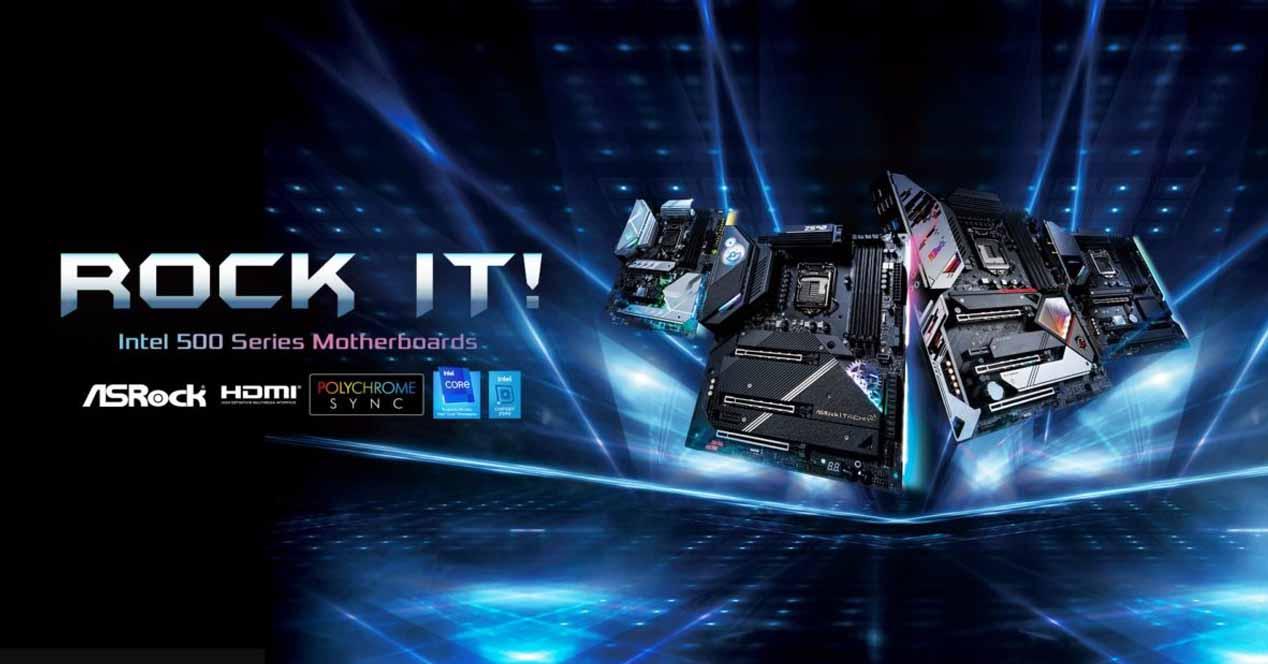As you may already know, all motherboards with Intel 500 series chipset have the great novelty of integrating support for PCI-Express 4.0 for the first time if used with 11th generation Intel Core processors. , and that is precisely what ASRock did. based on your presentation. However, he also told us about the models that we are going to find from the end of this month and summarized them in the three product lines differentiated by the different chipsets.
ASRock Z590, the top of the range for Rocket Lake
Designed for the passionate and high-end segment, in this category we find the spearhead ASRock Z590 Taichi
In these motherboards we also have WiFi Killer connectivity with the latest WiFi 6E standard which covers the 6 GHz band for extreme performance and lower latency, and ASRock implemented it using Killer Double Shot technology to implement these. performance in the LAN. New features include Lightning Gaming ports that use custom-designed USB signal paths to accommodate high sample rate gaming mice.
The manufacturer also showed the new Z590 PG speed for Rocket Lake, specially designed for games. It incorporates CPU Direct Source LAN technology, the Killer E3100 2.6GbE LAN chip which, according to the manufacturer, allows the processor to directly control the capabilities of the network to provide better performance.
Z590, H570 and B560 to cover all segments
Among the presented plates we also have the series Steel legend which come with the Z590, H570 and B560 chipsets, giving users choice while still maintaining the quality of this ASRock bestselling family of cards. All Steel Legend boards were manufactured using a 6-layer PCB which allows for optimized signal transmission, lower temperatures and better memory stability.
Each of the cards in this series is equipped with a 2.5GbE network card and USB 3.2 Gen 2 × 2 connectors for the front, ensuring that the speed of data transmission will not be an issue at any time. Additionally, in the case of Z590 motherboards, ASRock will include a retaining bracket so that heavier graphics cards do not bend the PCI-Express socket.
Among the plates, we also find the Pro4 Series, designed for users on a tighter budget but who do not want to give up all the news of this new platform. So for example we have the Z590 Pro4 or Z590M Pro4 which both use a 6 layer PCB and a 12 phase Dr.MOS VRM for great overclocking stability and best performance.
Finally, the cards with H570 and B560 chipsets all have PCI-Express 4.0 as mentioned at the beginning, and in all cases at least one M.2 socket linked to this interface (x4) is incorporated in order to be able to use the latest and fastest NVMe PCIe SSD 4.











